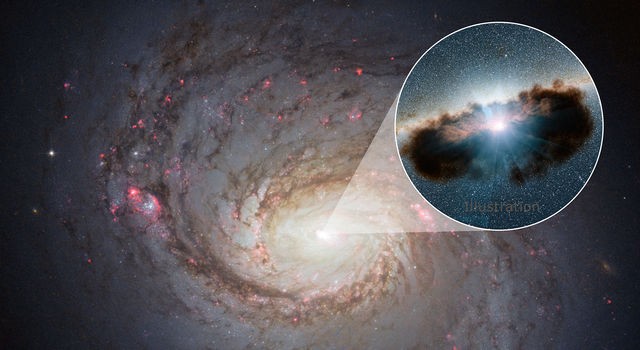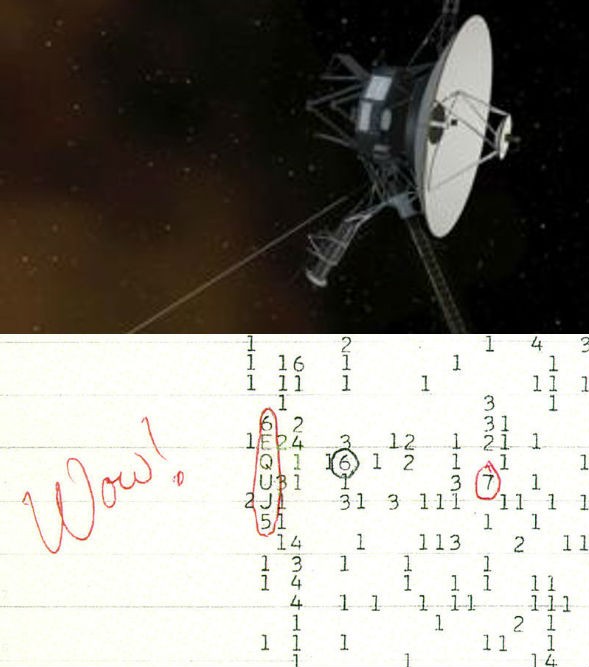Bakhtiar Ali Khan received his Bachelor's degree in electrical engineering from GIKI Pakistan, followed by a Master’s degree from Jacobs University Germany. He is currently pursuing a doctoral degree in the field of electromagnetics at Concordia. His research interest resides in antenna design for next-generation satellite and space applications. So far, he has published around 10 journal and conference articles.
Blog post
The great silence: Part II

Given the vastness of space and technological limitations of our era, one can only observe other solar systems by studying their electromagnetic emissions, which includes both visible (light) and non-visible electromagnetic spectrum. To illustrate this point, consider this. The fastest man-made object in space is the Voyager probes, which were launched into space in 1977. They are travelling at a speed of 17 kilometres per second.
Even with this incredibly high speed, Voyager 2 left the solar system in 2018 and formally stepped into interstellar space after about 40 years. At this pace, it would take roughly about ten thousand years for Voyager’s space probe to get to Alpha Centauri — the closest star to the sun. This scenario demonstrates that travelling to other solar systems is not an option with our current technology. However, this might change in the future.

The mysterious 'Wow!' signal
To study the other solar systems, several ground- and space-based telescopes are commissioned. The Search for Extraterrestrial Intelligence (SETI) is an international effort that has been actively underway since 1980s to look for signs of life in the universe. The goal here is to look for unnatural electromagnetic transmissions but so far it has not found any.
The closest thing we have is the mysterious ‘Wow!’ signal. This came about in 1977 when a radio telescope in Ohio picked up a signal. This signal was exquisitely unique as it stood out from the background radio noise of the universe. Astronomer Jerry R. Ehman wrote this one word — as shown here — hence the name. Subsequently, a lot of efforts were made to investigate and reproduce the result but all were unsuccessful.
Drake equation
This can be considered as an argumentative solution to the Fermi Paradox. In simple terms, this equation is a simple probabilistic formula that takes ‘random guesses’ and ‘speculations’ as input arguments and allows one to compute the probability of extraterrestrial life forms.
As our knowledge of life and the universe is currently limited, the input to the equation is very hard to know in exact terms. However, the logical rationale behind this equation is mathematically sound. To see this, consider the following formula:
N= R*. fp . ne . fl .fi . fc . L
Now here N is the number of intelligent civilizations in the Milky Way we can possibly detect. The point of the Drake equation is to try to compute this number. Here R* is the time rate at which stars are formed in the galaxy. The second factor fp is the fraction of those stars that would have planets around them.
The parameter ne is the fraction of those planets that would be capable of supporting life, which is to say these planets would be in the goldilocks zone of their parent star. The factor fl is the representative of the fraction of those planets where life might evolve, which is very hard to know exactly.
The next factor fi is the fraction of those planets which might develop intelligent life forms and fc is the fraction of those intelligent life forms capable of radio or some other form of communication. The factor L signifies the longevity of this communication, which is to say, how long the intelligent life form can transmit signals that we can detect.
Stemming from our lack of knowledge and understanding of the cosmos, it is very hard to know the exact values of these coefficients. Hence, the Drake equation cannot give an exact value for N. This brings about the need for further research and investigation.
It is not just the prospect of finding other civilizations or scientific curiosity that drives this — it’s much more than that. As Stephen Hawking put it, human civilization will not survive the next thousand years unless we expand into space. In order to do so, we need study space.
About the author
